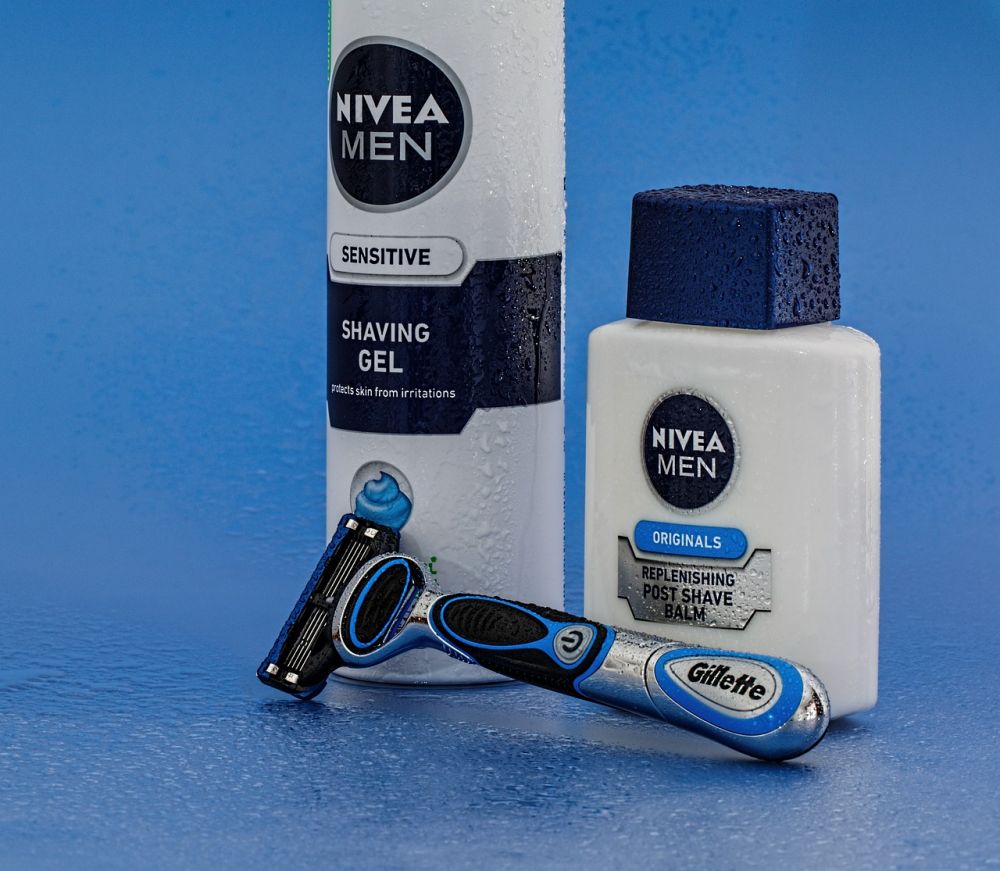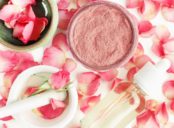Microneedling serum: The Ultimate Guide to Achieving Flawless Skin

Introduction:
Microneedling has gained immense popularity in the skincare industry in recent years. It is a non-invasive technique that utilizes tiny needles to create controlled punctures in the skin. One essential component of microneedling is the serum used during the procedure, which plays a crucial role in enhancing the results. In this comprehensive article, we will delve into the world of microneedling serums, exploring their types, popularity, quantitative measurements, differences, and historical pros and cons.
I. An Overview of Microneedling Serum:

Microneedling serum is formulated to be used in conjunction with the microneedling procedure. It consists of active ingredients that penetrate the skin through the microchannels created by the needles. The serum enhances collagen production, promotes cell turnover, and maximizes the absorption of beneficial substances, leading to improved skin texture and appearance. Microneedling serums are designed to address specific skincare concerns, such as wrinkles, acne scars, and uneven skin tone.
II. Types and Popularity of Microneedling Serums:
1. Hyaluronic Acid Serums:
Hyaluronic acid (HA) is a popular ingredient in microneedling serums due to its exceptional hydrating properties. It attracts and retains moisture in the skin, resulting in plumper, more youthful-looking skin. HA serums are suitable for individuals with dry or dehydrated skin.
2. Vitamin C Serums:
Vitamin C is a potent antioxidant that brightens the skin, reduces hyperpigmentation, and combats signs of aging. Microneedling with a Vitamin C serum can help achieve a more radiant complexion and even skin tone.
3. Retinol Serums:
Retinol, a form of vitamin A, is known for its anti-aging properties. It stimulates collagen production, reduces fine lines, and improves skin firmness. However, caution must be exercised while using retinol serums during microneedling, as they might cause skin sensitivity.
4. Peptide Serums:
Peptides are amino acid chains that help support collagen synthesis and stimulate elastin production. Using peptide serums during microneedling can improve skin elasticity, firmness, and overall texture.
III. Quantitative Measurements in Microneedling Serum:
When it comes to evaluating the effectiveness of microneedling serums, several quantitative measurements come into play. These measurements include:
– Percentage of active ingredients: The concentration of key ingredients in the serum determines its efficacy.
– Absorption rate: The speed and extent to which the serum is absorbed by the skin influence its effectiveness.
– Collagen production: Measuring collagen levels before and after microneedling can help gauge the serum’s impact on skin rejuvenation.
– Fine lines and wrinkles: Quantitative assessments of wrinkle depth and improvement aid in assessing the serum’s anti-aging effects.
IV. How Microneedling Serums Differ from Each Other:
While microneedling serums share a common objective of enhancing the microneedling process, they often differ in terms of ingredients, concentrations, and targeted skin concerns. Some variations include:
– Active ingredients: Different serums incorporate distinct active ingredients, targeting specific skincare concerns.
– Formulations: Serums vary in texture, consistency, and absorption rates, allowing individuals to choose based on their preferences and skin types.
– Concentrations: The concentration of active ingredients can vary, enabling users to select serums that match their specific needs.
V. A Historical Overview of Pros and Cons of Microneedling Serums:
Microneedling serums have evolved over time, along with changing perceptions and advancements in skincare technology. Historical pros and cons include:
– Pros: Microneedling serums facilitate better penetration of active ingredients, resulting in enhanced skincare benefits. They can help minimize specific skin concerns and promote overall skin health.
– Cons: Some users may experience skin sensitivity or irritation due to certain ingredients present in the serums. Additionally, individual results may vary, making it important to choose the right serum for one’s unique skin requirements.
Conclusion:
Microneedling serums are an integral part of the microneedling procedure, amplifying the benefits and promoting skin rejuvenation. By understanding the diverse types, popularity, quantitative measurements, differences, and historical aspects of these serums, individuals can make informed decisions about incorporating them into their skincare routines. Remember to consult with a skincare professional to determine the most suitable microneedling serum for your specific needs. Achieve flawless skin with microneedling serums and unveil a radiant, youthful complexion.
Sources:
1. ”The Dermatologic Use of Topical Vitamin C.” Journal of Clinical and Aesthetic Dermatology, US National Library of Medicine.
2. ”Hyaluronic Acid: A Key Molecule in Skin Aging.” Dermatoendocrinology, US National Library of Medicine.
3. ”Retinoids in the Treatment of Skin Aging: An Overview of Clinical Efficacy and Safety.” Clinical Interventions in Aging, US National Library of Medicine.
4. ”The Roles of Vitamin C in Skin Health.” Nutrients, US National Library of Medicine.
5. ”Peptides: Prospects for Treatment of Skin Aging.” International Journal of Molecular Sciences, US National Library of Medicine.





















